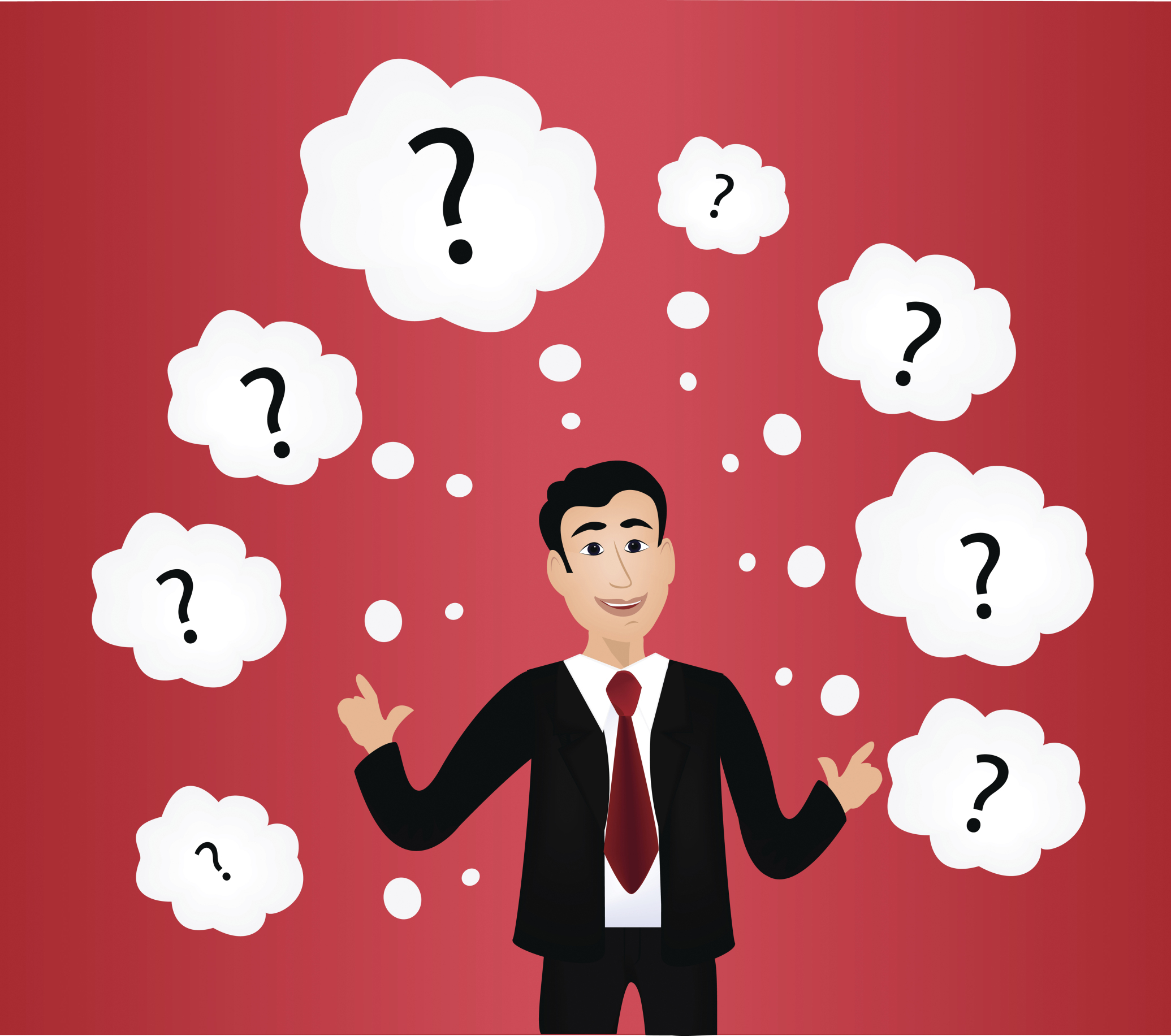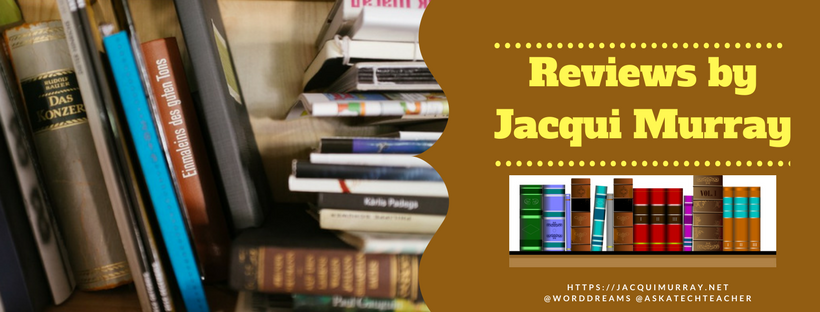 Created by Grant Wiggins and Jay McTighe, Understanding by Design (UbD) is a lesson planning approach that visualizes the end result (what students should understand) to better select learning activities (the path that will get students there). Tens of thousands of educators use it for unit and course planning; hundreds of districts and schools use it as the basis for their curricula. Look at who has adopted UbD:
Created by Grant Wiggins and Jay McTighe, Understanding by Design (UbD) is a lesson planning approach that visualizes the end result (what students should understand) to better select learning activities (the path that will get students there). Tens of thousands of educators use it for unit and course planning; hundreds of districts and schools use it as the basis for their curricula. Look at who has adopted UbD:
- the College Board, to guide the revision of its Advanced Placement (AP) subject matter courses and for the development of its courses AP Seminar and AP Research
- the framework for the national curriculum in the Philippines and Puerto Rico
- the state of Massachusetts, for its Race to the Top federal grant program to create more than one hundred exemplary units and associated classroom videos
- the Next Generation Arts Standards
Additionally, the two largest textbook publishers, Pearson and McGraw-Hill, use the UbD framework in many of their textbooks and programs, similar to this example from Pearson’s biology curriculum.
It works within any standards-driven curriculum to help teachers clarify learning goals, devise assessments of student understanding, and craft effective and engaging learning activities. The basic principles include:
- Always design learning experiences by knowing the goals first and then figuring out how to reach them.
- Incorporate three steps in designing a lesson: 1) Set goals/desired accomplishments; 2) Establish acceptable evidence that demonstrates understanding; 3) Plan learning activities that achieve the goals and provide evidence.
- Knowledge and understanding are not the same. Knowledge is the facts while understanding is knowing what the facts mean.
How do you know if you need UbD? Start with a simple question: Do your students find themselves:
- unable to recall recent lessons?
- unable to apply learning?
- unsure what their obligations are in their own learning?
- often feeling like they Just Don’t Get It?
- worrying about asking dumb questions?
- bored?
Now, ask yourself, as you teach, do you:
- find your students bored though you know they are bright?
- find your lessons and goals aren’t aligned over time?
- forget that the goal of the lesson is understanding, not facts?
- want to rebuild the lesson with a flexible, student-centric design?
Even if you’ve never heard the term “Understanding by Design”, UbD isn’t entirely foreign to you. Bits and pieces of this program are pervasive in the educator’s vocabulary. Here are some essential terms you’ve probably heard all over the education cyberworld and didn’t know came from Understanding by Design:
Backwards Planning
Backwards Planning asks the teacher to identify the goal for their lesson and then create a path for reaching it, not unlike you’d do if you were planning a road trip. It includes 1) knowing what results are desired from the lesson or unit, 2) knowing what evidence can prove student understanding of this topic, and 3) providing a series of activities that will allow students to achieve the goals. This is also known as Backward Design.
Big Idea
Grant Wiggins defines Big Idea in his seminal book, Understanding by Design, as: “offers a conceptual framework allowing the learner to explore answers to the essential questions involving a unit of study.” Put another way, a Big Idea makes sense of a collection fo possibly confusing lesson pieces and isolated facts. The Big Idea explains to students why they are doing whatever is involved in the lesson. It’s introduced at the beginning of the lesson and referred to often as a method of tracking understanding.
Essential Question
Wiggins and McTighe define the Essential Question as “questions that are not answerable with finality in a brief sentence… Their aim is to stimulate thought, to provoke inquiry, and to spark more questions — including thoughtful student questions — not just pat answers”. In short, they sum up the goal of the unit in one (or a few) pithy questions that focus the purpose of the lesson and get students to take ownership of what’s being learned. It provokes deep thought and lively discussion. It requires students to consider alternatives, weigh evidence, and justify their answers.
Self-assessment
Self-assessment is fundamental to UbD. It expects students to evaluate the evidence that contributes to their understanding of the topic and allows them to transfer that knowledge to other relevant college-career situations. Students should be able to show how these assessment pieces answer the Essential Question and address the Big Idea.
This isn’t new to UbD. Many learning programs expect students to self-evaluate their progress and results. What’s different is that UbD treats it as a critical element in the learning process.
Transfer of Knowledge
In UbD, it’s not the Essential Question, the Big Idea, or even understanding that characterizes learning. It’s whether students can use it. Students must reflect on the lesson plan, make meaning of the activities, and then apply it to their own educational journey.
Understanding
This word is oft-used in evaluating the efficacy of a lesson plan, but not quite the way UbD does. “Understanding” underpins everything else in the program. If students understand a lesson, that means they can explain it, interpret it, apply it to new situations, have their own perspective about its application, empathize with others, and build self-knowledge.
Yeah. This isn’t determined by the teacher asking if a student understand and he answers by nodding his head.
***
I ran into UbD at a difficult point in my career. I had been teaching a while, thought I knew how to do it, but was definitely stuck in a rut that worked well for some students but not enough. Luckily, I found my way to a summer UbD workshop. This article isn’t meant to provide training in UbD. That is done quite nicely and requires days of committed work through workshops such as Jay McTighe’s workshops in UbD. Your takeaway from reading this is that you have options. If your current lesson planning strategy doesn’t work, despite your best efforts, UbD is a time-proven, well-accepted alternative to anything else you’re using.
I’d love to hear your experiences.
–published first on TeachHUB
More education Big Ideas:
How to Blend DoK into Lesson Plans without a Comprehensive Rewrite
Use the SAMR Model to Spearhead Technology in Your Classroom
Let’s Talk About Habits of Mind
Jacqui Murray has been teaching K-18 technology for 30 years. She is the editor/author of over a hundred tech ed resources including a K-12 technology curriculum, K-8 keyboard curriculum, K-8 Digital Citizenship curriculum. She is an adjunct professor in tech ed, Master Teacher, webmaster for four blogs, an Amazon Vine Voice, CSTA presentation reviewer, freelance journalist on tech ed topics, contributor to NEA Today, and author of the tech thrillers, To Hunt a Sub and Twenty-four Days. You can find her resources at Structured Learning.



































